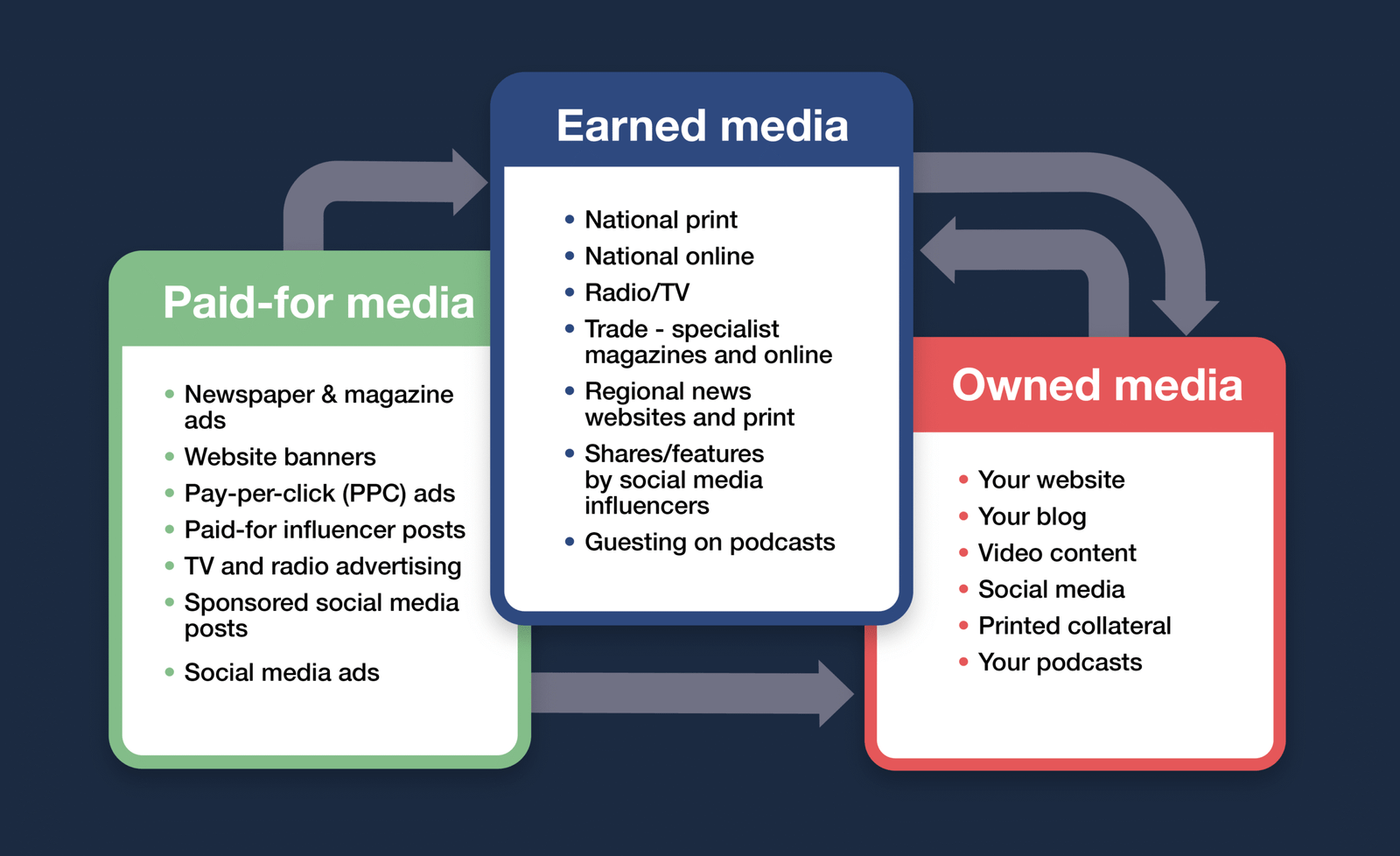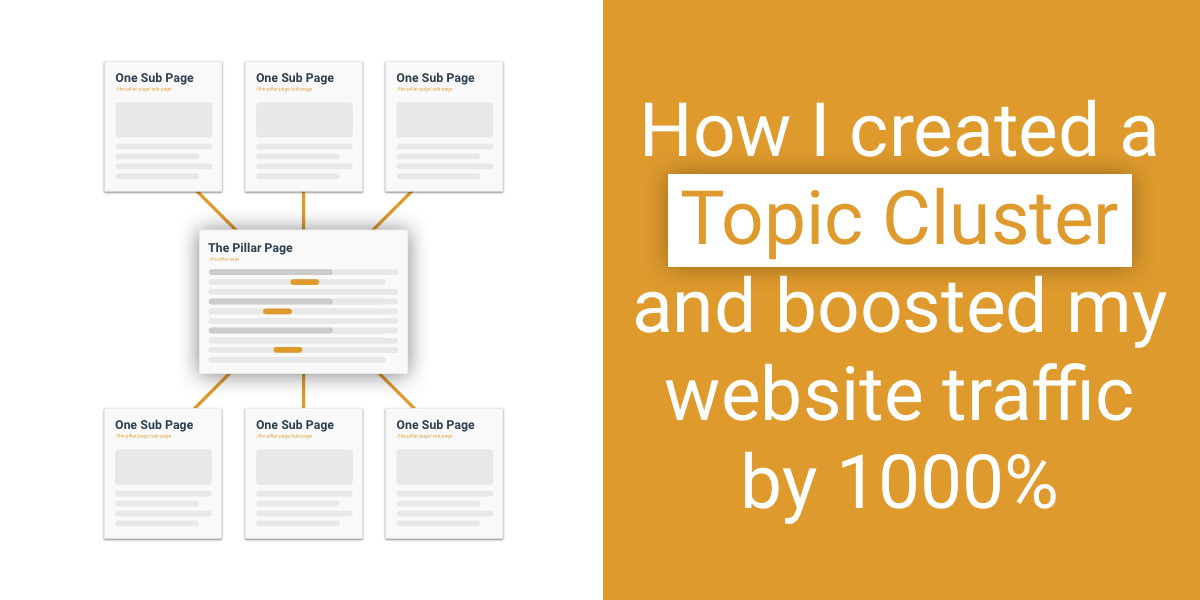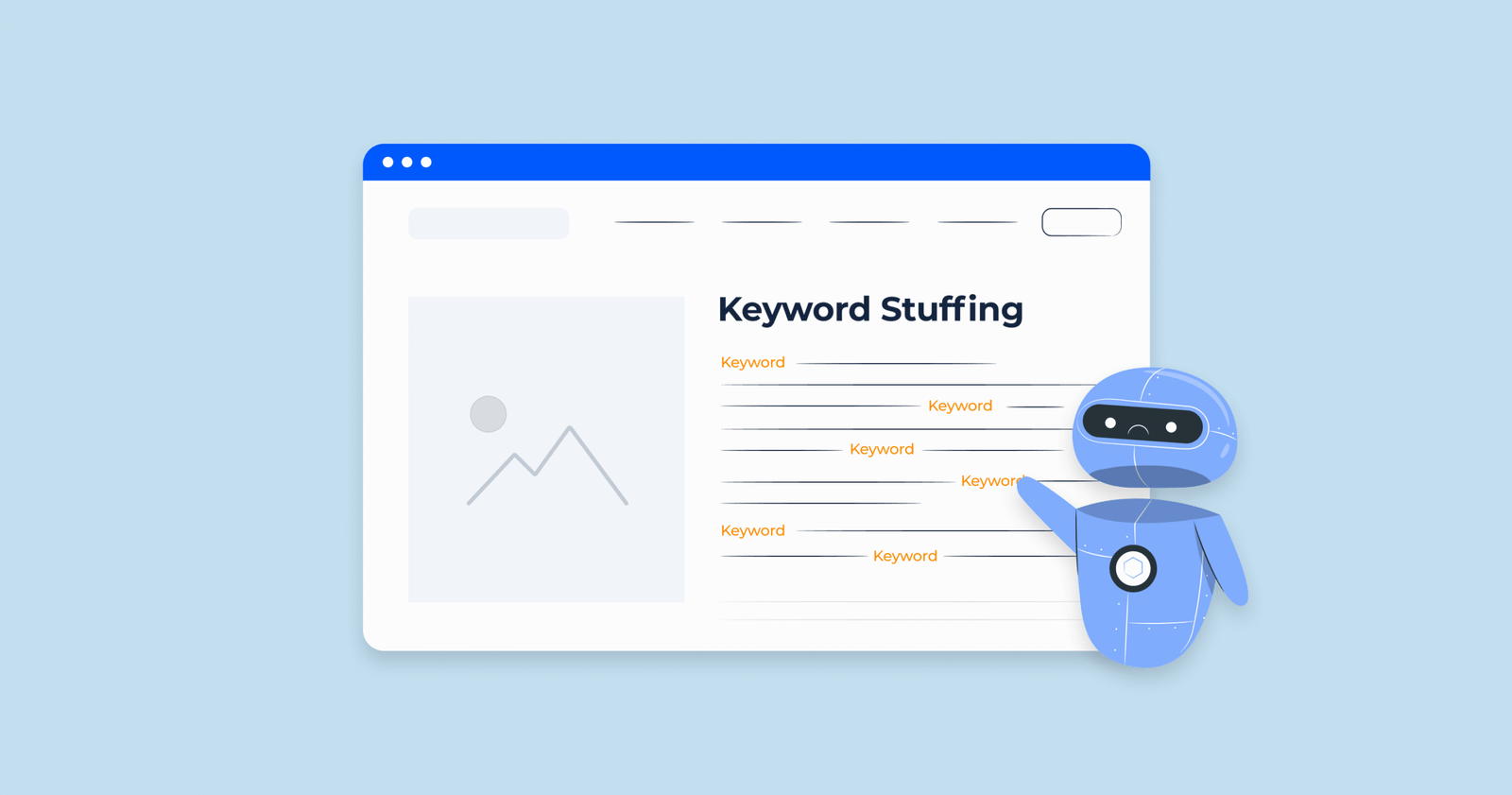SEO Update for Article Writing: What’s Really Changing
Funny thing is… I didn’t even use to care about SEO. Back then, writing was just writing. You sat down, spilled your thoughts, maybe told a story, and that was enough. But now? Man, the internet doesn’t work like that anymore. Articles can be good really good and still vanish into the dark hole of page 12 on Google. Ever been there? You write something you’re proud of, hit publish, check back after a week… and nothing. Zero traffic. Like it never existed. That’s why SEO updates matter. Not because we’re trying to “cheat” the system, but because the system keeps changing. And if you don’t adjust, you get left behind. Why Google Keeps Shaking Things Up I remember when the “Helpful Content Update” came out. Writers panicked. Whole blogs disappeared overnight. People were angry, confused, some even gave up. But here’s the truth: Google isn’t out to get us. They’re out to serve readers. If everyone’s publishing robotic, keyword-stuffed junk, the search results become useless. And then well, you know how it goes people stop trusting the platform. So every update is basically Google saying: “Hey, stop writing for me. Write for real humans.” Content Saturation: Too Much of the Same Stuff Ever searched for something simple, like “how to boil an egg”? Suddenly you’re staring at 50,000 articles saying the exact same thing. Half of them are written by AI now, repeating the same steps with slightly different words. That’s where article writers like you and me have to step up. It’s not enough to just cover the topic. You’ve gotta make it different. Maybe you throw in a personal story. Or a weird angle. Or even admit, “Honestly, I messed this up three times before I got it right.” Because readers aren’t only looking for instructions. They’re looking for a voice. A spark of honesty. The New “Rules” for Article Writing (Well, Sort Of) I hate calling them rules. Feels too stiff. But there are a few patterns I’ve noticed that work after recent SEO changes: That’s the general vibe. But don’t treat this as gospel. Because honestly? Next month Google might flip it again. A Story: When I Got Smacked by an Update So here’s one from my own life. I had this site won’t say the niche, but let’s just say it was competitive. I’d written 50+ articles, optimized every keyword, backlinks, all that jazz. Traffic was steady. Not huge, but enough to make me smile. Then one morning… gone. Traffic dropped 70% overnight. I thought maybe my site was hacked. Nope. It was Google’s update. I remember staring at the analytics chart, heart sinking. Funny thing is, my articles weren’t even bad. But they weren’t personal either. They were “safe,” structured, polished. Like everyone else’s. And that’s exactly why Google shoved them down. I had to rewrite. Add stories. Put my name out there. Admit mistakes. Basically, stop hiding behind the screen. Slowly, traffic came back. Not to where it was before, but better in a way because now I was building real readers, not just random clicks. Writing With Both Sides in Mind Here’s the tricky part: you’ve gotta write for humans and algorithms. Sounds impossible, right? But think of it like this: So yeah, you need keywords. You need headings, structure, meta tags, all that. But don’t let it turn your writing into cardboard. Sometimes I’ll literally write the whole draft without thinking of SEO. Just raw words. Then I’ll go back and sprinkle in keywords where they fit naturally. Works better than stuffing them in from the start. Keywords Are Changing Too Back in the day, if you wanted to rank for “best coffee maker,” you just repeated it 10 times. Easy. Now? Google’s smarter. They understand variations. So you can say “top espresso machine,” “coffee brewer worth buying,” “what to use for strong coffee at home” and it all connects. That means you’ve got more freedom. Write like you’d actually talk. Use synonyms. Throw in slang if it fits. Google won’t punish you for being real. Long vs. Short Articles There’s a myth floating around: longer articles always rank better. And sometimes that’s true. A detailed, 2,000-word guide can do wonders. But here’s the thing people don’t always want a novel. Imagine searching “how to reset iPhone.” Do you want 10 pages of history about Apple? No. You want the steps. Quick. Done. So length should match intent. That’s the trick. Don’t write long just for SEO. Write what the reader actually needs. AI in Writing: Blessing or Curse? Let’s be honest we all know AI is here. Half the articles online now are written (or half-written) by machines. And yeah, they can crank out decent stuff fast. But here’s the danger: AI has no soul. It can’t tell you about the time your laptop overheated during a deadline, or how your grandma makes chai while you’re typing. Those little details? That’s what makes writing stick. Use AI as a helper, sure. Maybe for outlines or ideas. But if you let it do everything, you’ll just blend into the noise. What About Links, Structure, and All That Technical Stuff? I won’t bore you with a full SEO checklist, but some things are still gold: But don’t let this scare you. Think of it as seasoning. Salt makes food better, but too much ruins it. Same with SEO. Another Quick Example Picture this: two articles on the same topic, “how to save money on groceries.” Which one do you think sticks in a reader’s mind? Exactly. That’s the direction SEO is moving toward. Real voices. Real stories. Staying Ahead Without Burning Out One last thing about updates they’ll never stop. Google will keep tweaking, shifting, testing. You can’t control that. But you can control how you approach writing. Instead of chasing every trick, focus on these two: Simple, but not easy. Quick Table: Old SEO vs. New SEO Old SEO (Before Updates) New SEO (After Updates) Stuff keywords everywhere Use
Read More














